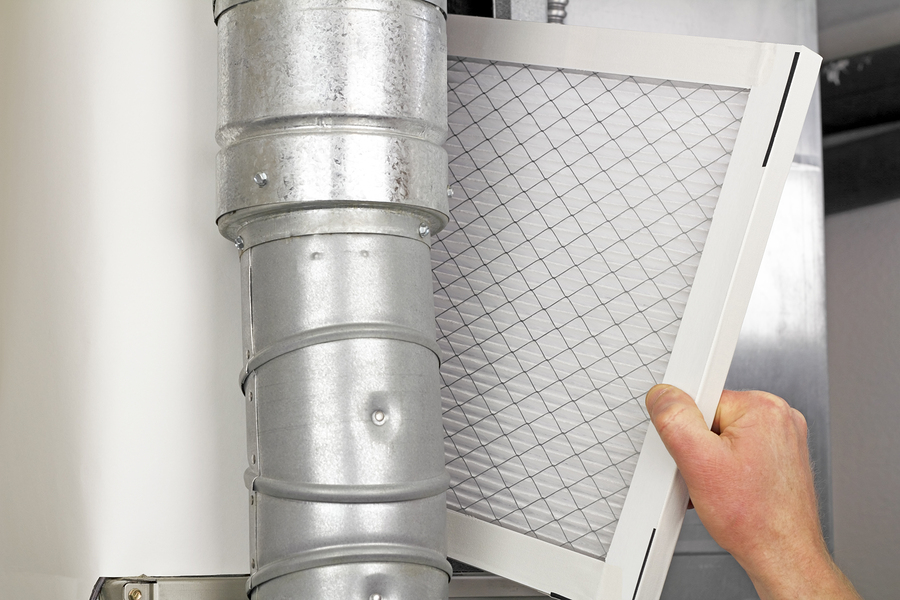As the winter begins, it’s time to learn about the machine which keeps your home warm throughout the winter. The more you know about the functioning of the furnace, the better you can troubleshoot in case something goes wrong. The last thing you want is to wake up cold in the middle of the night with your home freezing and furnace out of order. If there is a major problem in your Furnace you must call for the furnace service in Vancouver. Furnaces are handy for extreme cold conditions. Furnaces normally use natural gas but they do use propane, electricity or heating oil.
A common type of furnace found in most homes is powered by gas. It heats the air and distributes it through ducts that lead to the rooms in your house. This is known as the forced warm-air circulation system.
The components of a Furnace
Control panel – This panel houses the thermostat and setting knobs. You can set the minimum temperature when the furnace should switch on. The thermostat senses the temperature and opens the gas valve when the minimum temperature is reached. The burner ignites gas below the combustion chamber and the heating process begins. Indicator light for the burner is also provided in this panel.
Burners – This is the space in your furnace where the air and gas mixture is ignited and burns to generate heat.
Blower assembly – Blower is the fan that blows hot air into your home. Another fan sucks in cold air for heating.
Heat Exchanger – This chamber contains coiled or looped pipes which are heated and then when the air is passed over, the heat is transferred and the air becomes warm.
Flue – All the combusted gas passes through the angular pipe to the top of the furnace and the building further letting it out into the atmosphere. This pipe is called the flue pipe.
Ducts and vents – Ducts begin at the furnace and pass throughout your home supplying warm air through vents to all parts of your home. The ducts are fabricated out of galvanized metal pipes or sheets.
Precautions and routine maintenance
- The furnace maintenance is quite simple. The cleaning of the furnace can be carried out regularly as per the instructions given in the manual that comes with the furnace. This ensures your furnace running at optimum level.
- Before you conduct any cleaning or maintenance work you must make sure the furnace has been shut down and allowed to cool down as the parts can get heated to very high temperatures while the furnace is running. During cleaning turn off the power and gas supply to your furnace.
- By using a programmable thermostat you can save big on your utility bills.
- Periodic inspection of smoke and carbon monoxide detectors is essential.
Conclusion
Furnace keeps your home warm during the winter. The furnace uses natural gas, propane, electricity or heating oil for heating the air which is distributed throughout your home. Having the working knowledge of furnace is essential for troubleshooting. You must keep furnace parts handy in case they need replacement.

